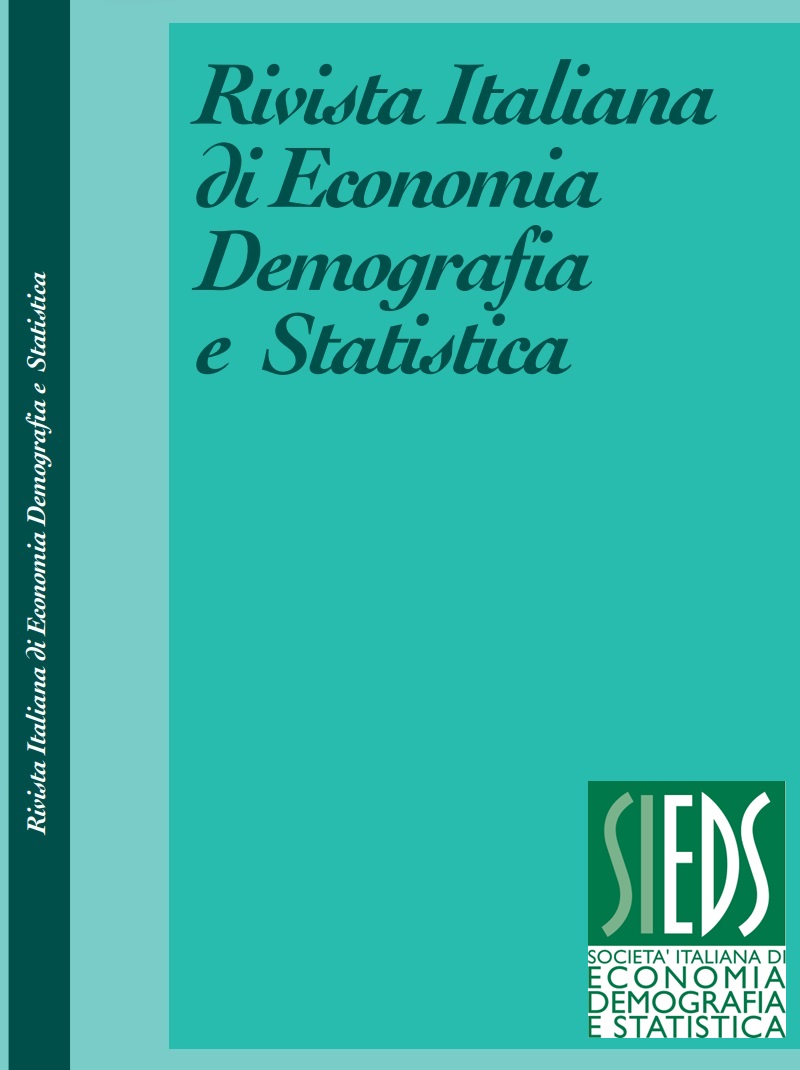Bass model-based approach to migration
Abstract
Classical migration studies distinguish chain migration, where social relationships and social networks channel between different places, from the impersonally organized migration. Whereas the former is mediated by interpersonal information exchange or imitative behaviours, the latter is mainly guided by economic motives or political instabilities. Objectives: Despite the theoretical distinction between the two types of migration mechanisms, at the current stage of literature development, no practically viable methodology has been proposed to analyze population flows while disentangling the social from the impersonal drivers of migration. The aim of this paper is to fill this gap by introducing an “all-inclusive” methodology which can be operationalized in practical applications. The work refers to the diffusion of innovation theory and to the structuralism (or adaptation), both used in research on fertility, to better characterize the two sources of migration. In particular, the diffusionist paradigm captures the social influence conveyed by specific communication channels (mediatic and interpersonal), which drives the diffusion of migratory practices among individuals. On the other end, the structural vision explains the movements occurring as an adaptation to variations in economic or political cycles. Methods: Here an extended version of the traditional Bass diffusion model is proposed. The Bass model is widely applied in market research to analyze the diffusion of new products, ideas, and behaviours. The version introduced in the present work aims to analyze population movements while distinguishing between sociological and structural motives to migrate. Results: The fit of the model has been carried out to study the so called new Italian emigration towards the main destination countries. The preliminary results highlight the underlying dynamics governing the new Italian emigration flow and provide novel insights.
Downloads
Published
Issue
Section
License
Copyright (c) 2022 Francesca Bitonti

This work is licensed under a Creative Commons Attribution 4.0 International License.



